Streamlining students after secondary school: Flexible policies, breaking thinking problems

Reporter: Career guidance and student orientation after secondary school are of special importance to individual learners and the development of the homeland and country. Deeply aware of that role and significance, in recent years, how has the student orientation after secondary school been implemented in Thanh Hoa province? What are the results, sir?
Mr. Ta Hong Luu: Career education and orientation for students after secondary school play an important role in orienting careers in accordance with their aspirations, strengths and the needs of society, thereby contributing to reducing the pressure of exams, choosing schools and classes. This is also one of the key factors in developing high-quality human resources, meeting the socio -economic development goals of each locality in particular and the whole country in general, including Thanh Hoa province.
In recent years, closely following the viewpoints, orientations and directions of the Central Government, as well as based on local conditions and practical needs, Thanh Hoa province has focused on career education and student orientation after junior high school.
Pursuant to Decision No. 522/QD-TTg, dated May 14, 2018 of the Prime Minister approving the Project "Career education and orientation of student streaming in general education for the period 2018-2025", Thanh Hoa province issued Plan No. 158/KH-UBND, dated July 11, 2019, setting out a number of specific goals and orientations for streaming. Based on its functions and tasks, the Department of Education and Training of Thanh Hoa has issued many documents to deploy and implement this project.
To create a breakthrough in the quality of career education in general education, contributing to a strong change in the work of student streaming after junior high school, educational institutions in the province have diversified learning forms, paying attention to creative experiential activities.
Strengthen innovation and diversify forms of propaganda, career education and orientation for students such as: career counseling and orientation days; exchange activities between students, teachers, education managers with scientists, managers and businessmen.
At the same time, develop the team of managers, teachers, and career guidance staff; open more training sessions and seminars on career guidance education for teachers, so that teachers are equipped with both theory and practical skills to carry out career guidance activities more effectively.
With creative and flexible approaches, career guidance and student orientation after graduating from secondary school in schools in the province have had positive changes. Schools, parents and students have raised basic awareness of career guidance and student orientation; vocational training at vocational and continuing education centers has also had certain innovations.
PV: In addition to the results achieved, we also need to frankly admit that: Career guidance education still has many limitations, and the work of student orientation after junior high school has not created a strong change. The invisible pressure placed on the shoulders of parents and students in each entrance exam for grade 10 public high schools also raises many concerns and worries. Many people compare the entrance exam for grade 10 public high schools to a "fierce" and "fierce" "battle", even "fierce" than the university entrance exam. What has created such "heat" for this exam, sir?
Mr. Ta Hong Luu: In recent years, enrollment in grade 10 of public high schools nationwide in general and in Thanh Hoa province in particular has been a "hot" issue, especially in urban areas, the center of socio-economic development.
This “heat” comes from many reasons. One of the most basic reasons is that the number of students taking the entrance exam for grade 10 of public high schools is increasing, while the number of public educational institutions, enrollment quotas, and school facilities have not increased. These “limitations” have invisibly led to fierce competition among candidates to “win a place” in good quality public schools.
Another reason comes from the important role of this exam in orienting students' future studies and the interest and expectations of their families and the candidates themselves. The psychology of most students and their parents is still to want to study at public high schools, few choose to study a profession right after finishing junior high school.
Although the role of management, career orientation, and student streaming of schools has been implemented synchronously, some schools have not done well. The system of non-public schools in the province is relatively developed but has not yet met the needs of learners. On the other hand, many families do not have enough conditions to send their children to non-public schools. The quality of vocational training in schools and vocational education centers is still limited, making it difficult to attract students to study vocational training...
In addition to the above reasons, the application of a common streaming rate for localities with the goal of having at least 40% of junior high school graduates enter vocational schools and continue studying at vocational training institutions at elementary and intermediate levels according to Decision No. 522/QD-TTg dated May 14, 2018 of the Government also revealed many limitations and inadequacies, creating great pressure for the annual entrance exams to grade 10.
The pressure of entrance exams for public high schools is a reality that has been and is happening. In the face of this reality, in the coming time, the Law on Vocational Education will have innovations. In particular, Resolution No. 71-NQ/TW dated August 22, 2025 of the Politburo on breakthroughs in education and training development has set a target that by 2030, at least 85% of people of school age will complete high school or equivalent, with no province or city achieving less than 60%.
In the task groups and solutions for reforming and modernizing vocational education, creating a breakthrough in developing highly skilled human resources, Resolution No. 71-NQ/TW clearly stated the content of "reforming the vocational education model, adding secondary vocational education equivalent to high school level; strongly innovating training programs and methods, applying technology, quality management, ensuring effectiveness and substance according to international standards".
These goals and solutions with breakthrough thinking and flexible policies are expected to contribute to reducing pressure on the entrance exam for grade 10 public high schools, bringing the work of student streaming after junior high school into substance and depth.
PV: Accurately assessing and classifying students' academic performance is considered a key factor that determines the effectiveness of career guidance and student streaming after junior high school. But it seems that, right from this key stage, the education sector also needs to review to innovate, improve efficiency, and create a solid foundation for implementing student streaming after junior high school?
Mr. Ta Hong Luu: The assessment and classification of students is assigned by the education sector to schools to proactively implement based on current regulations. However, there are still educational institutions that do not properly assess the actual academic performance of students, thereby causing difficulties in career counseling and student streaming; putting pressure on exams...
To solve this problem, the education sector continues to implement solutions to improve the quality of education; thoroughly educate schools and teachers to raise their responsibilities, strictly implement regulations on student assessment, ensure substance and objectivity, avoid chasing after achievements; on that basis, schools do a good job of classifying students to suit their abilities, avoiding pressure to enter public schools.
PV: Thank you for sharing!
Rosemary (performed)
Source: https://baothanhhoa.vn/phan-luong-hoc-sinh-sau-thcs-linh-hoat-chinh-sach-pha-de-tu-duy-269216.htm












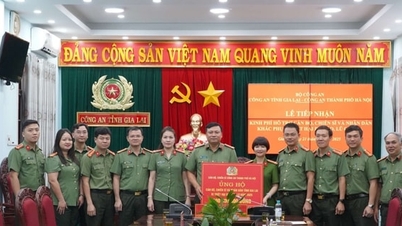











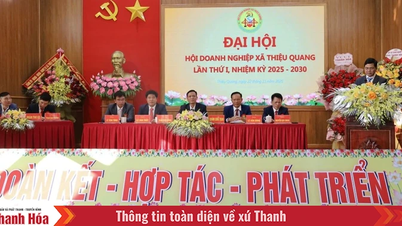
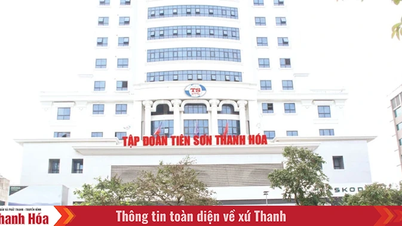

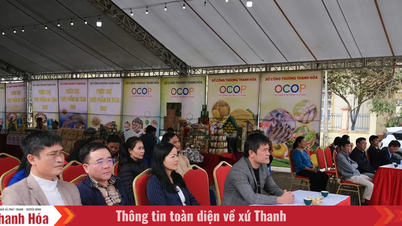
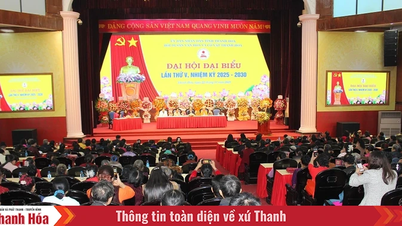







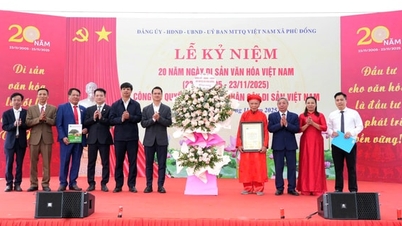





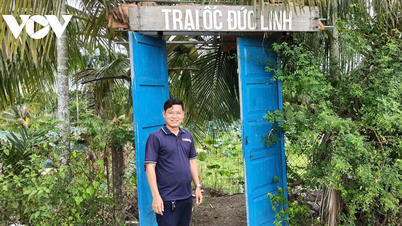

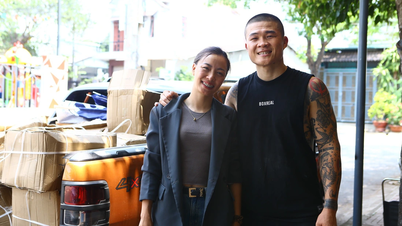





















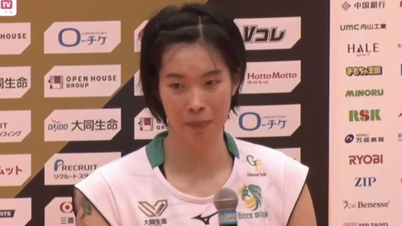

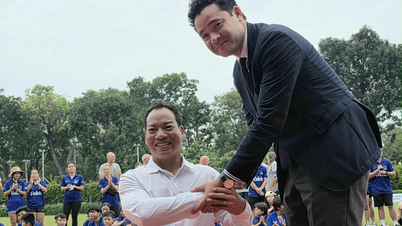





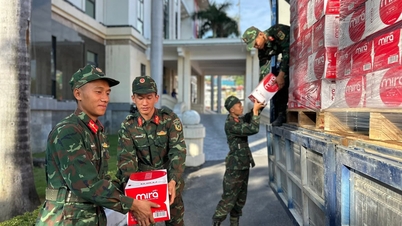
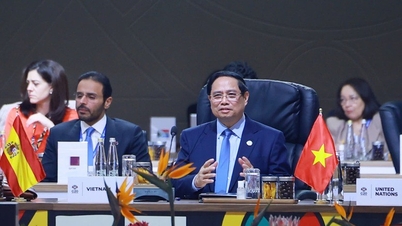








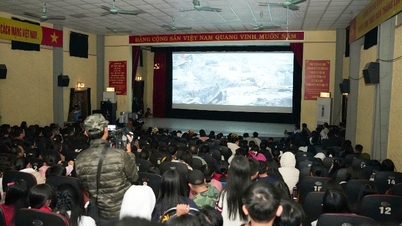
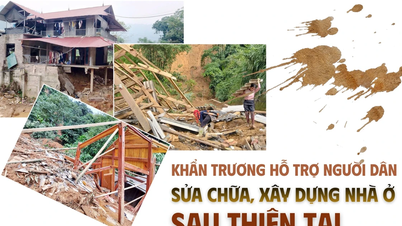


















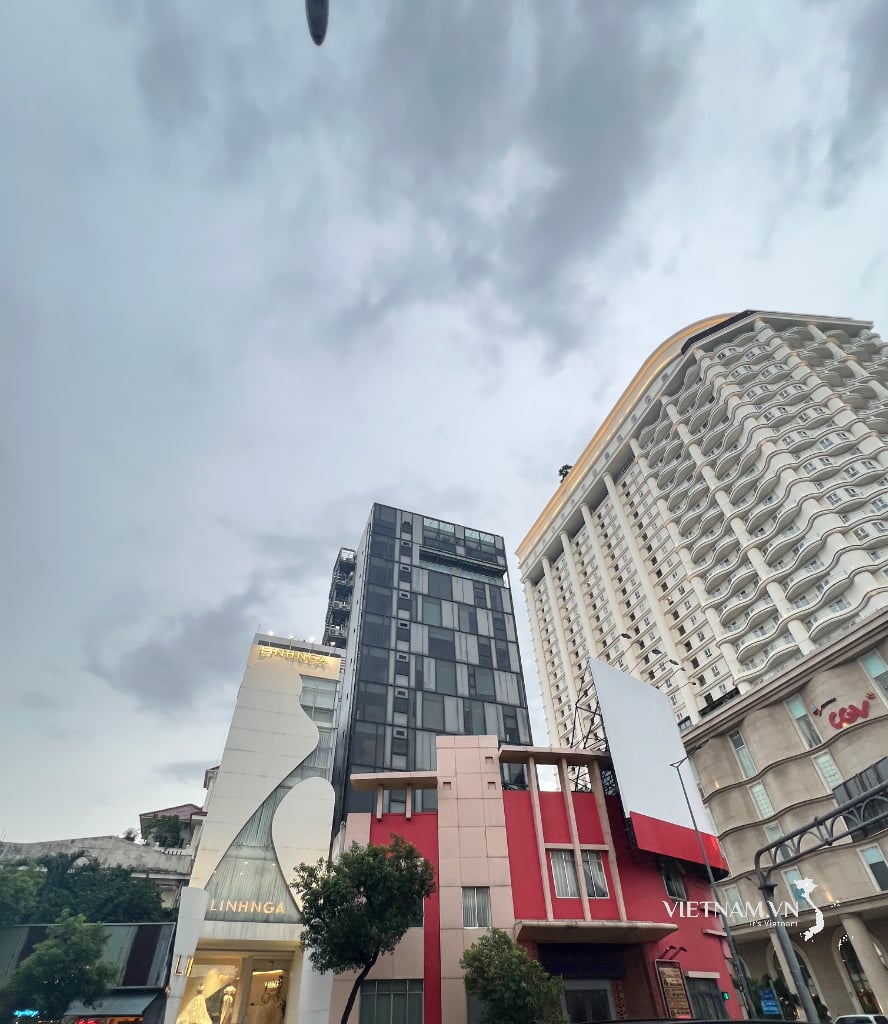

Comment (0)